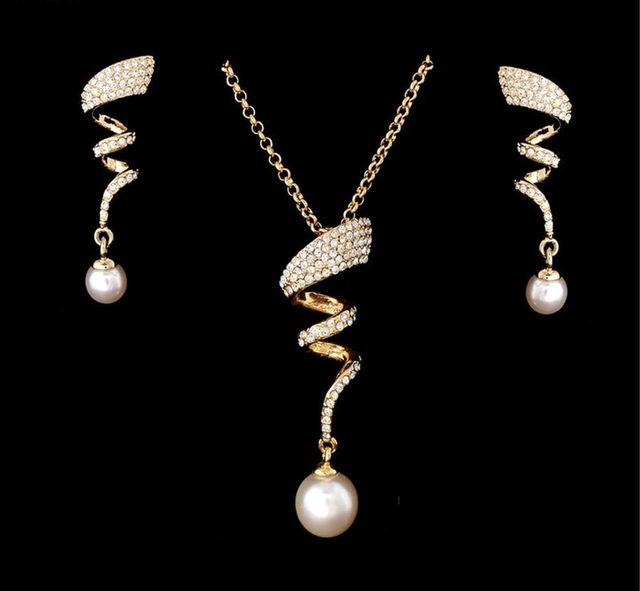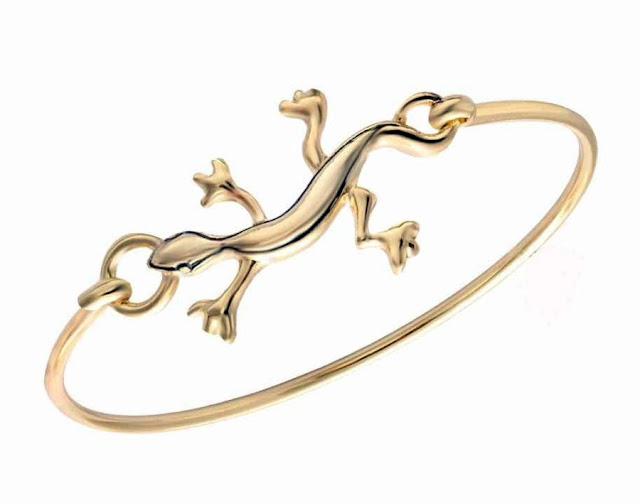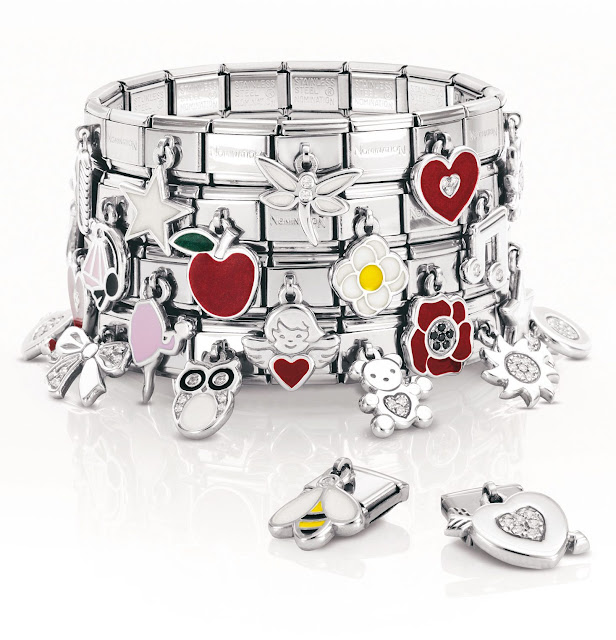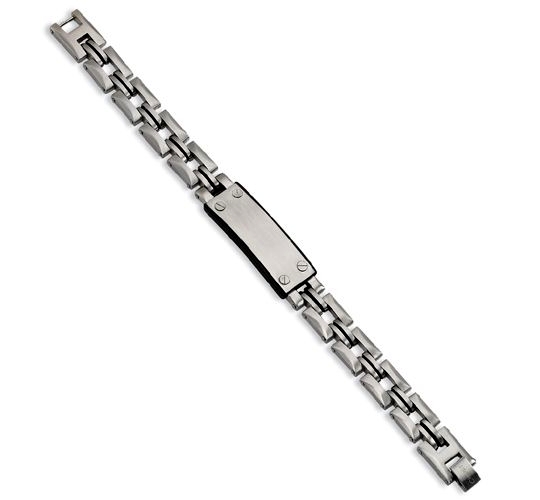Shopping for Different Types of Fashion Jewelry
Fashion jewelry was originally conceived as low-cost accessories that reflected the fashion trends of the period. With its inexpensive nature, fashion jewelry, also known as costume jewelry, was designed to be disposable as new styles emerged. For women without the resources to acquire large collections of fine jewelry or heirloom pieces, fashion jewelry provided the means to feel glamorous and dress up everyday outfits without making a hefty investment.

Although costume jewelry has been prevalent throughout the 20th century, its status gradually shifted during the 1940s as innovative designers like Coco Chanel and Christian Dior began crafting higher quality pieces popularized by Hollywood movie stars. Fashion jewelry has evolved to become a staple of modern jewelry collections, regardless of wealth or social class. Such jewelry no longer functions purely as throwaway accessories but may be preserved and kept for years depending on the quality.
Fashion jewelry varies in both price and craftsmanship. The vast price difference makes it easy for any woman to fit fashion jewelry into her budget, but it also opens the door to poorly made pieces. When shopping for costume jewelry, always keep clothing and the occasion in mind. Pieces designed for everyday, casual style are often made from basic metals, plastic, and other lightweight materials. Look for decorative details that are painted on, instead of carved or inlaid. Lower end jewelry manufacturers also reduce costs by gluing pieces together and coating the surfaces with thin foil-like plating that easily scratches away. Expensive fashion jewelry can convincingly replicate the appearance of fine jewelry by mixing higher grade materials with inexpensive ones. For example, a diamond necklace may have a real sterling silver chain but substitute cubic zirconia for the stone. Stones set into jewelry by sturdy prongs and gemstones that are difficult to distinguish from genuine varieties are signs of higher quality. Being able to tell the difference is essential when mixing and matching jewelry because accessories of similar craftsmanship contribute to a unified appearance. In formal settings, fashion jewelry is intended to subtly elevate an outfit without calling attention to the monetary value of the piece, which can be ruined by a single garish accessory.
Balancing Fashion Jewelry Combinations
Achieve balance by making different jewelry pieces complement one another, instead of competing for attention. Layering is useful for adding dimension and contrast to an outfit, but too many pieces translate as heavy and messy, detracting from the wearer and the clothes. Avoid wearing several accessories of different types in close proximity by selecting a focal point. An elaborate necklace pairs well with simple rings because the pieces are far apart - on the neck and hand - and won't overpower each other. Similar to other art forms, fashion depends on the canvas.

Body type contributes to the overall effect jewelry has on someone's appearance. For example, a full-figured woman benefits from wearing bigger accessories that are proportionate to her physical characteristics. On the other hand, oversized jewelry can overwhelm a petite person's appearance and take away from natural attributes. The same rules hold true for clothing. Busy patterns with big, bold details are tastefully offset by simple jewelry in muted tones, and solid fabrics place emphasis on ornate accessories.
Size and Quantity
Pay attention to size and quantity when mixing and matching fashion jewelry. Piling on several pieces of large jewelry creates bulk and sends the message that the wearer's look is random and unintentional. More jewelry on one part of the body should equal less in another area, including wearing bracelets on both arms. Balance an armful of bangles with a bare wrist. Avoid wearing more than one jewelry piece with oversized faux gemstones, and in general, limit the overall quantity of jewelry in an outfit during formal occasions.










